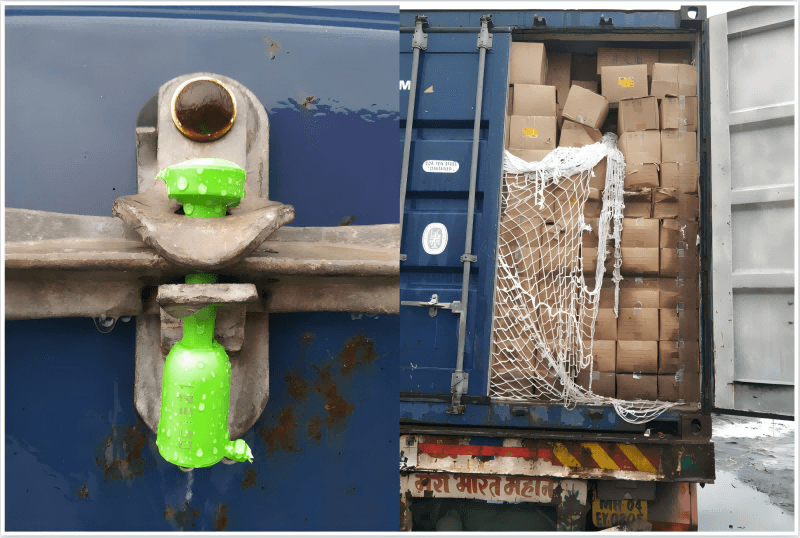When engaging in international trade transportation, the risk of shipping containers leaking and causing damage to goods is a concern for many businesses. In the event of such a situation, it is crucial to take timely measures to protect your rights and interests in accordance with relevant laws, regulations, and contract terms. This article aims to provide guidance on how to handle a container leak and minimize the impact on your business.

The first step when discovering water in the container is to take immediate action to reduce losses. This involves takes pictures of the container and the goods inside. contact the insurance company immediately and let them define the damage. Do not move the goods before the insurance company comes. this is very important cause if your moved without picture, the insurance company may refused complement. After damage defined unloading the goods promptly and sorting out intact items from those affected by water to prevent further damage. It is essential to report the case to the insurance company or pilot and assess the extent of the damage. Distinguishing between water intrusion of the outer packaging and complete water intrusion of the goods themselves is crucial, as it helps in determining the extent of the damage and the subsequent course of action. Additionally, thoroughly inspecting the container for any holes, cracks, or other issues and documenting them with photographs is important to provide evidence of the damage.
Furthermore, requesting the Equipment Interchange Receipt (EIR) of the container handover note and making a note of the damage to the container is essential for record-keeping and potential legal proceedings. It is also advisable to arrange for the safekeeping of water-damaged goods to prevent disputes over claims in the future. By taking these proactive steps, businesses can protect their rights and interests when facing a container leak during international trade transportation.
In conclusion, the key to ensuring your rights and interests when containers leak during international trade transportation is to act swiftly and diligently in response to the situation. By following the outlined steps and adhering to relevant laws, regulations, and contract terms, businesses can mitigate the impact of container leaks and safeguard their interests. It is important to remember that timely and thorough documentation of the damage, as well as effective communication with relevant parties such as insurance companies and transport authorities, is crucial in protecting your rights and interests. Ultimately, being prepared and proactive in handling container leaks is essential for businesses engaged in international trade transportation to minimize losses and ensure fair treatment in the event of unforeseen incidents.
Post time: Aug-10-2024